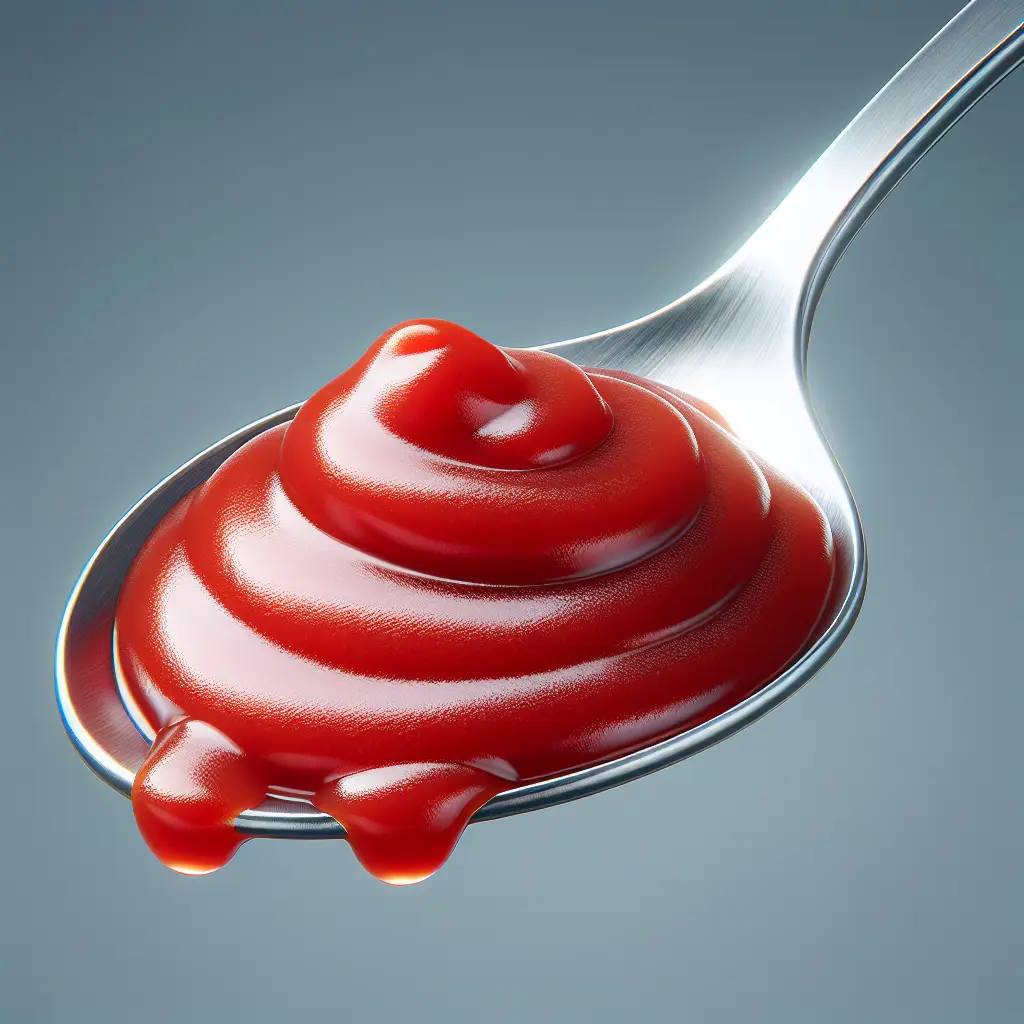Catsup: A Culinary Delight with a Rich History
Catsup, a beloved condiment known for its vibrant red hue and tangy flavor, has a captivating history that spans centuries. Its origins can be traced back to the ancient Chinese, who created a fermented fish sauce called 'ke-tsiap' over 2,500 years ago. Over time, this sauce made its way to Southeast Asia and Europe, where it underwent various transformations and adaptations.
In the 18th century, British colonists brought catsup to North America, where it gained immense popularity. The condiment evolved further in the United States, with the addition of tomatoes as a primary ingredient. The first commercially produced tomato catsup was introduced in 1876 by Henry John Heinz, founder of the renowned H.J. Heinz Company.
Nutritional Value and Health Benefits
Catsup is not only a flavorful addition to meals but also offers certain nutritional benefits. A tablespoon serving of catsup contains:
- Calories: 17
- Protein: 0.2 grams
- Fat: 0 grams
- Carbohydrates: 4.7 grams
- Fiber: 0.1 grams
- Sugar: 3.6 grams
While catsup is low in calories and fat, it does contain a moderate amount of sugar. However, it is important to note that catsup is typically consumed in small quantities, so the overall sugar intake from this condiment is usually minimal.
Culinary Versatility and Usage
Catsup's versatility extends far beyond its traditional role as a condiment for hamburgers, hot dogs, and french fries. It can be used as a marinade for meats, a base for sauces, and even as an ingredient in baked goods. Here are some creative ways to incorporate catsup into your culinary creations:
- Marinade for meats: Catsup's tangy and slightly sweet flavor makes it an excellent marinade for chicken, pork, or beef. Combine catsup with other spices and herbs to create a flavorful and tender marinade.
- Sauce base: Catsup can serve as a base for a variety of sauces. Add mayonnaise to create a tangy dipping sauce for onion rings or chicken nuggets. Mix catsup with chili sauce for a spicy accompaniment to Asian dishes.
- Baked goods: Surprisingly, catsup can be incorporated into baked goods to add a subtle sweetness and depth of flavor. Try adding a tablespoon of catsup to your next batch of chocolate chip cookies or banana bread.
Catsup is not just a condiment; it's a culinary chameleon that can elevate the flavors of countless dishes. Its versatility and affordability make it a staple in kitchens worldwide.
How many calories are in Catsup?
Each 1 tbsp of Catsup contains 17 calories.
Catsup Nutritional Information
| Nutrient | Amount per 1 tbsp (17g) |
|---|---|
| Calories | 17 Calories |
| Protein | 0.2g |
| Fat | 0g |
| Saturated Fat | 0g |
| Cholesterol | 0mg |
| Carbohydrates | 4.7g |
| Dietary Fiber | 0.1g |
| Sugar | 3.6g |
| Sodium | 0.154mg |
| Potassium | 0.0478mg |
| Calcium | 0.0026mg |
| Iron | 0.0001mg |
